Designing the first mobile and web apps for Recon’s smart goggles, transforming raw performance metrics into a connected, shareable sports platform.
Recon Instruments
From Desktop to Mobile: Turning Mountain Data into Social, Gamified Experiences
Project Overview
Recon Instruments pioneered wearable displays for snow sports, bringing live performance data like speed, GPS, and jump counts directly into a rider’s goggles. While innovative, the experience was tethered to Recon HQ, a desktop-only app with around 5,000 active users.
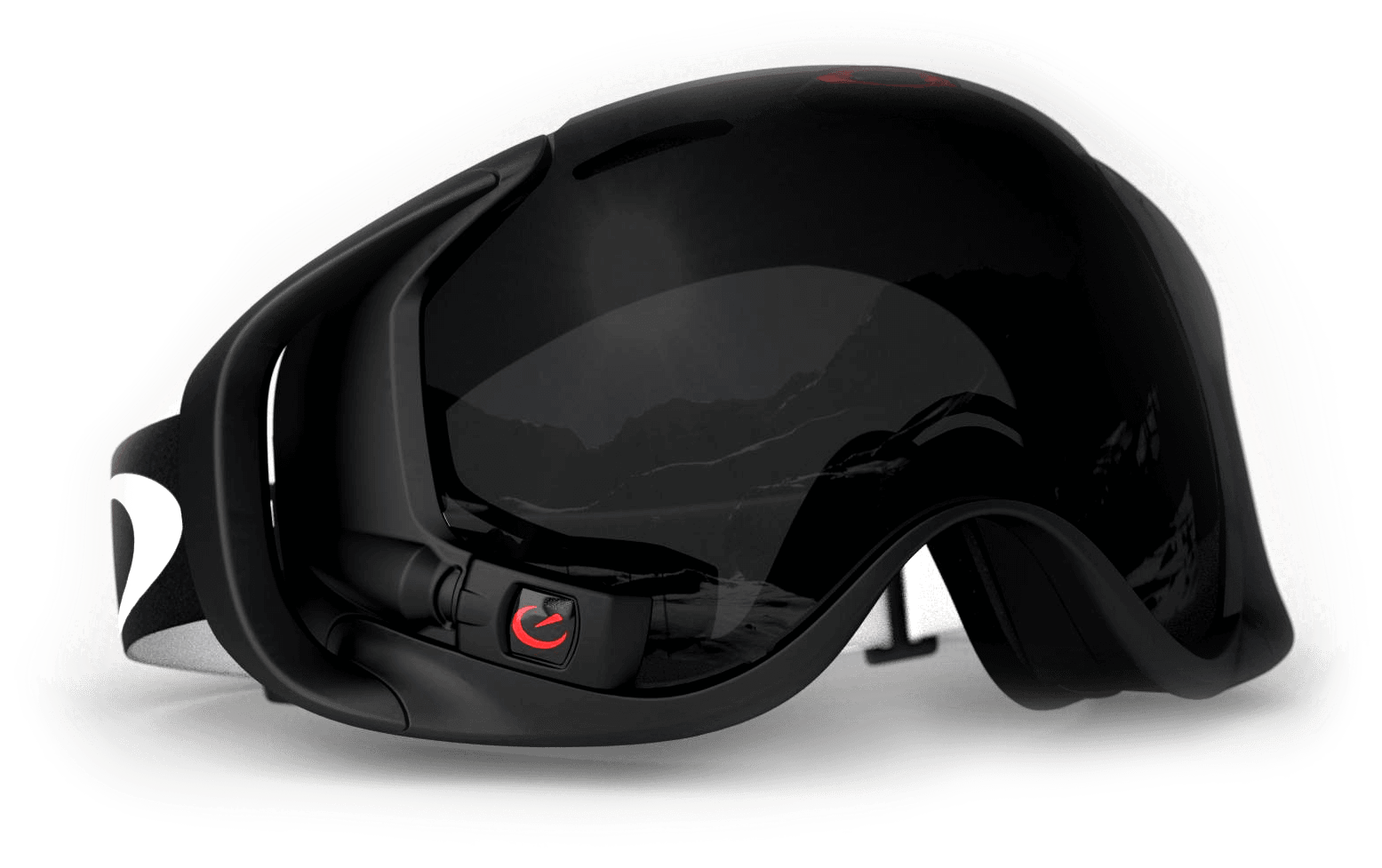
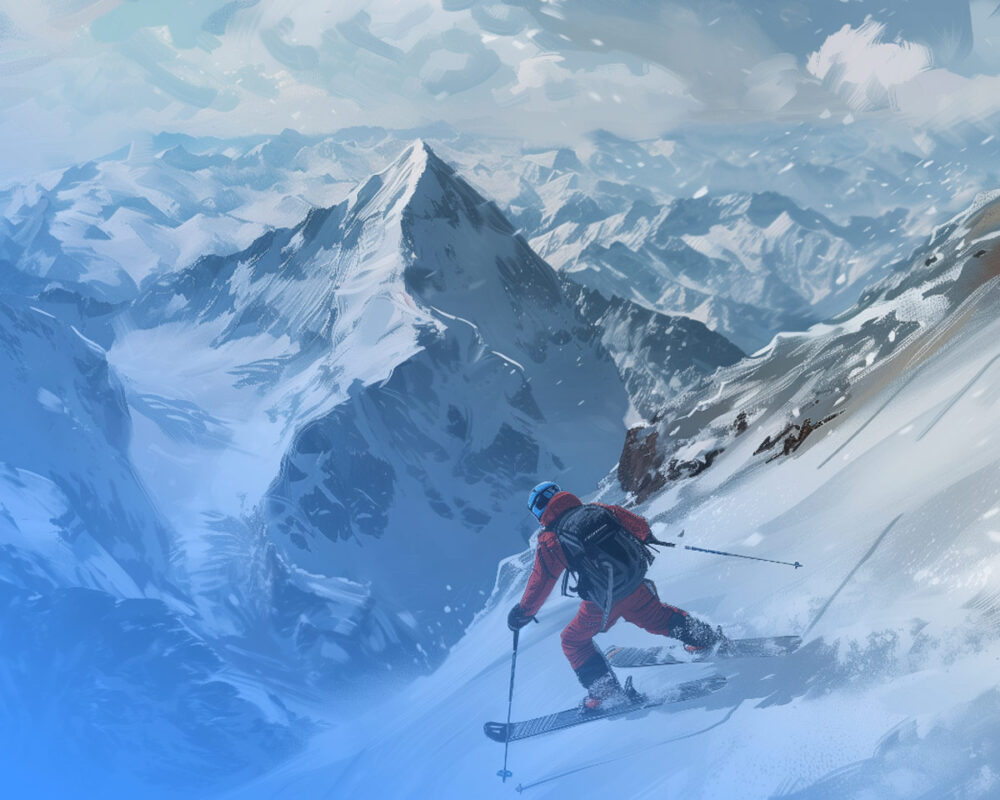
My Role
UX/UI Designer → Senior UX Designer
Jul 2011 – Mar 2013
My role was to design and launch the first mobile and web applications, ensuring users could seamlessly sync their goggles, track their runs, and share experiences online. Just in time for the 2012 winter season, I helped migrate the Recon community from desktop to mobile, achieving an 85% adoption rate.
THE PROBLEM
Users were limited to desktop-only access; they wanted real-time, mobile, and social tools to extend their mountain experience
THE TEAM
Designers, developers, hobbyists, athletes and product stakeholders
MY METHODS
Contextual research with snowboarders/skiers, prototyping, real-world usability testing
THE RESULT
Companion mobile & web apps for Recon MOD Live goggles
Final Design Direction
The vision was to make Recon goggles more than just data trackers — they needed to be part of a social, gamified sports ecosystem.

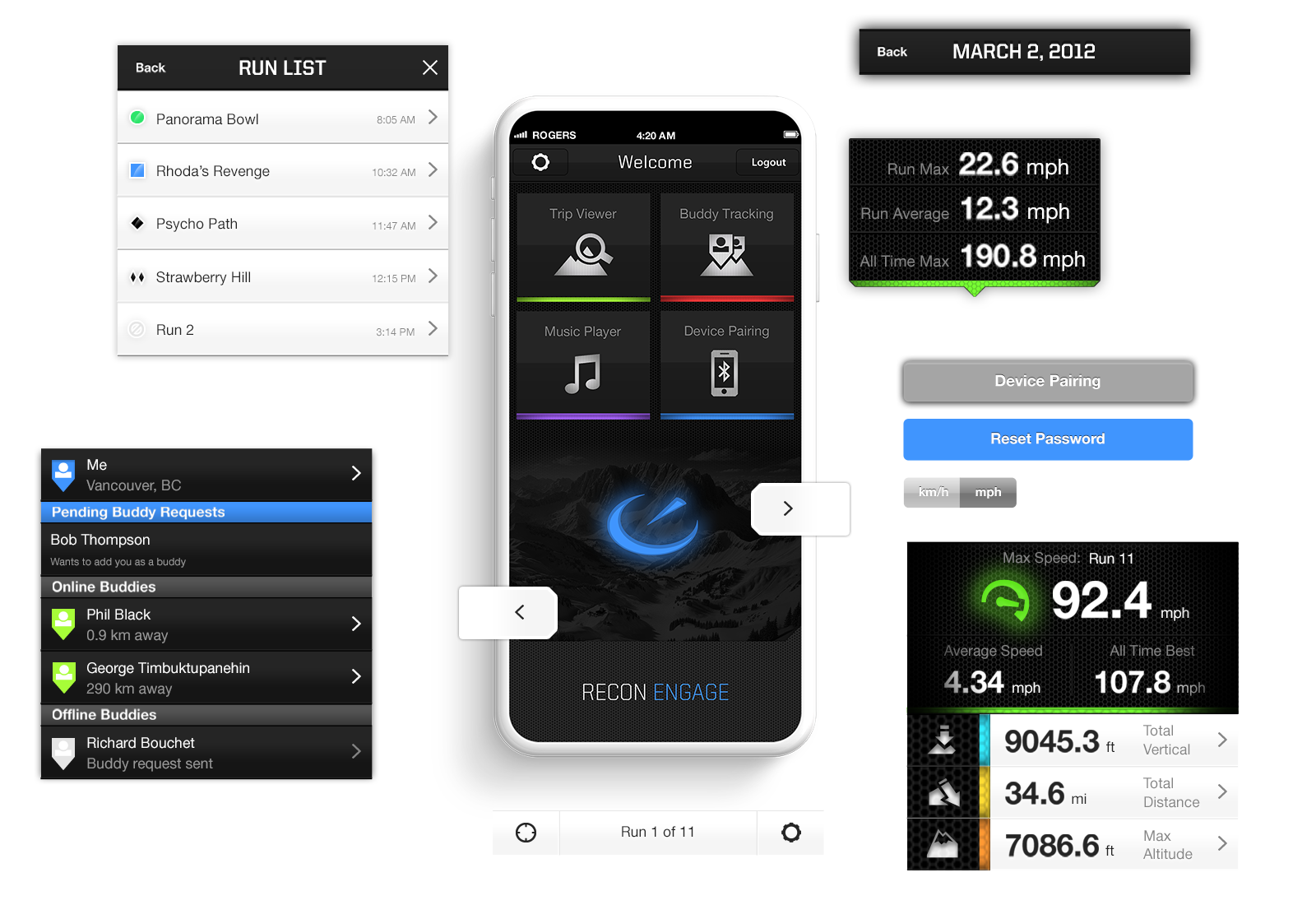
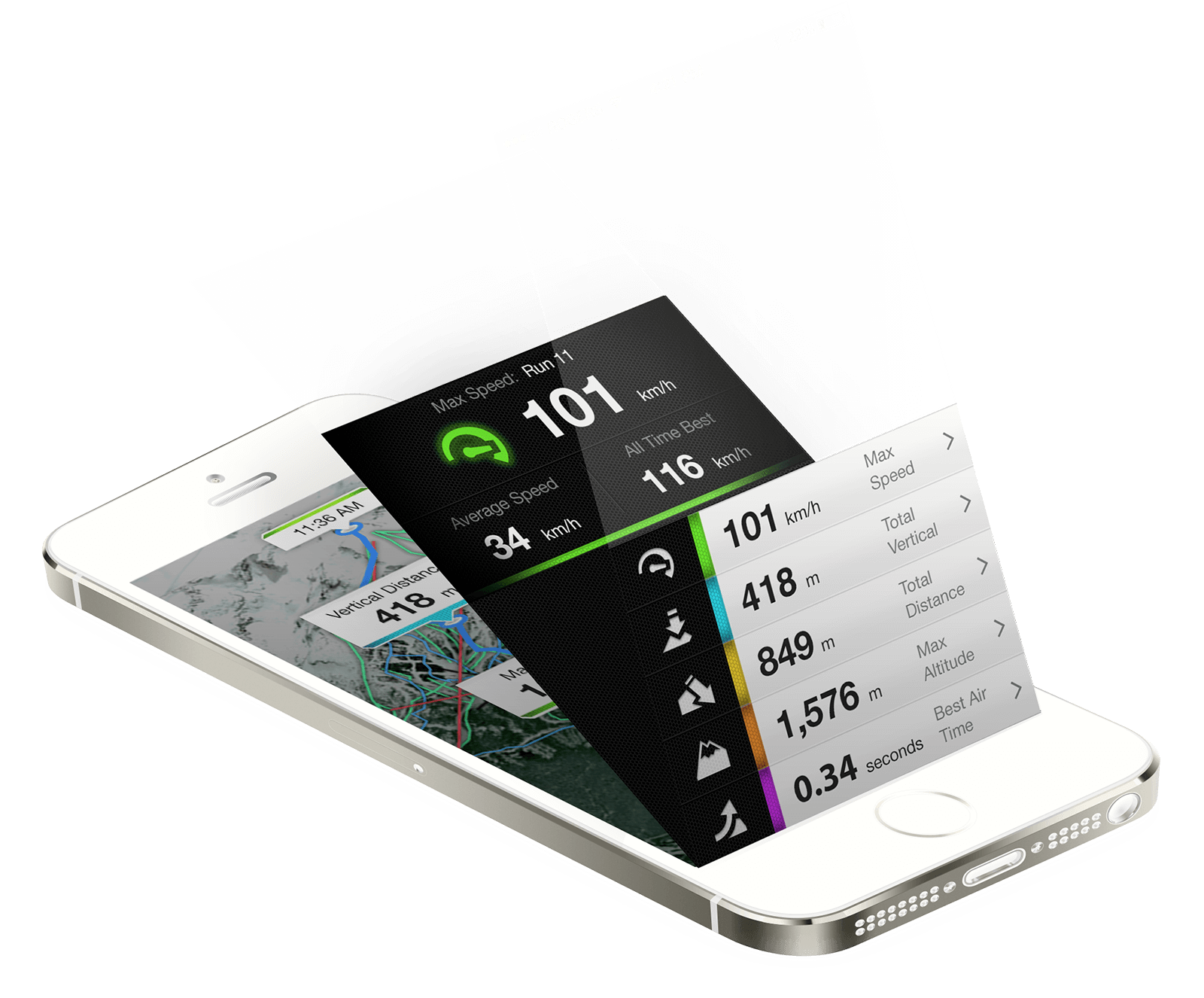
Trip Viewer
Synced metrics (speed, jumps, altitude) onto Google Maps so riders could replay and analyze their runs
Buddy Tracking
Let friends compete in real time, adding a layer of social challenge and fun to skiing and snowboarding
Virtual Remote
Allowed users to control goggles directly from their phone, solving common usability frustrations
Music Player
Integrated lifestyle features to keep users connected and entertained
Exploration & Discovery
To ground the design in real-world needs, I focused on the culture of snow sports:

Observed snowboarders and skiers syncing their goggles post-run, capturing natural workflows
Learned that users weren’t just performance-driven — they wanted to brag about speed, compare jump counts, and share experiences socially
Riders wanted the app to feel like a digital extension of the mountain, not a separate tool. This led to features like interactive maps and buddy challenges.
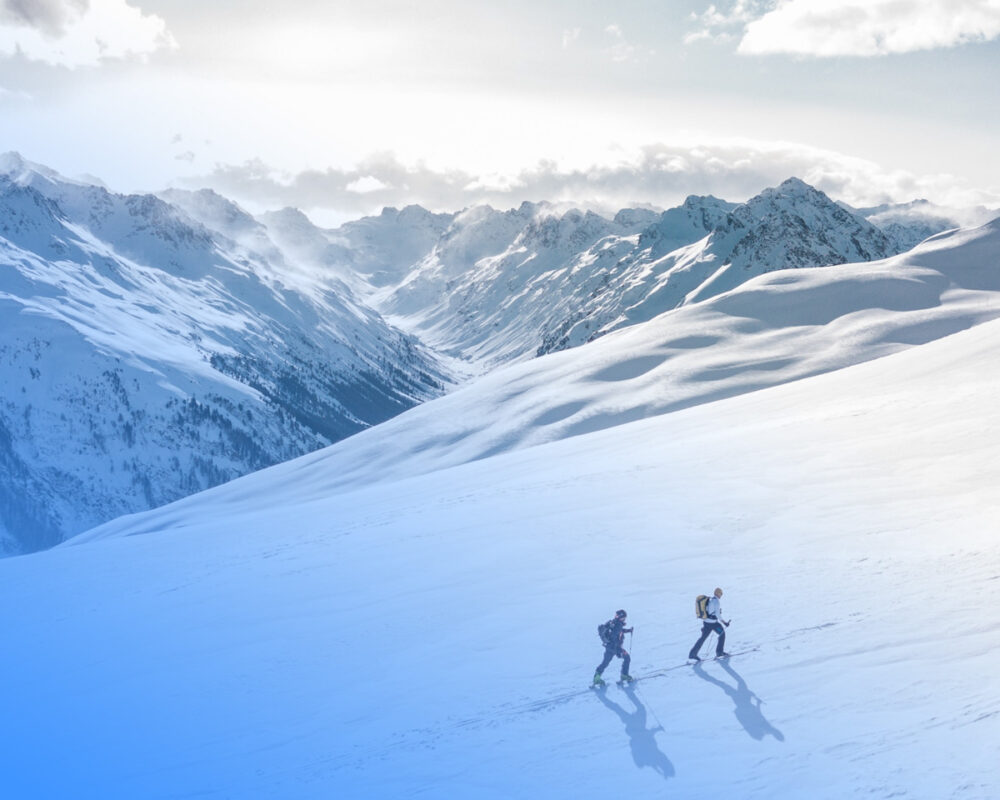
UX Design Process
The process revolved around real-world testing and fast iteration.
Prototyping
Built interactive flows for features like Trip Viewer and Buddy Tracking
Field Testing
Tested prototypes with riders after ski/snowboard sessions, iterating based on immediate feedback
Design System
Created a consistent visual system across mobile, web, and goggle interfaces
Iteration
Prioritized usability for quick post-run syncing and sharing, ensuring that adoption didn’t stall due to friction
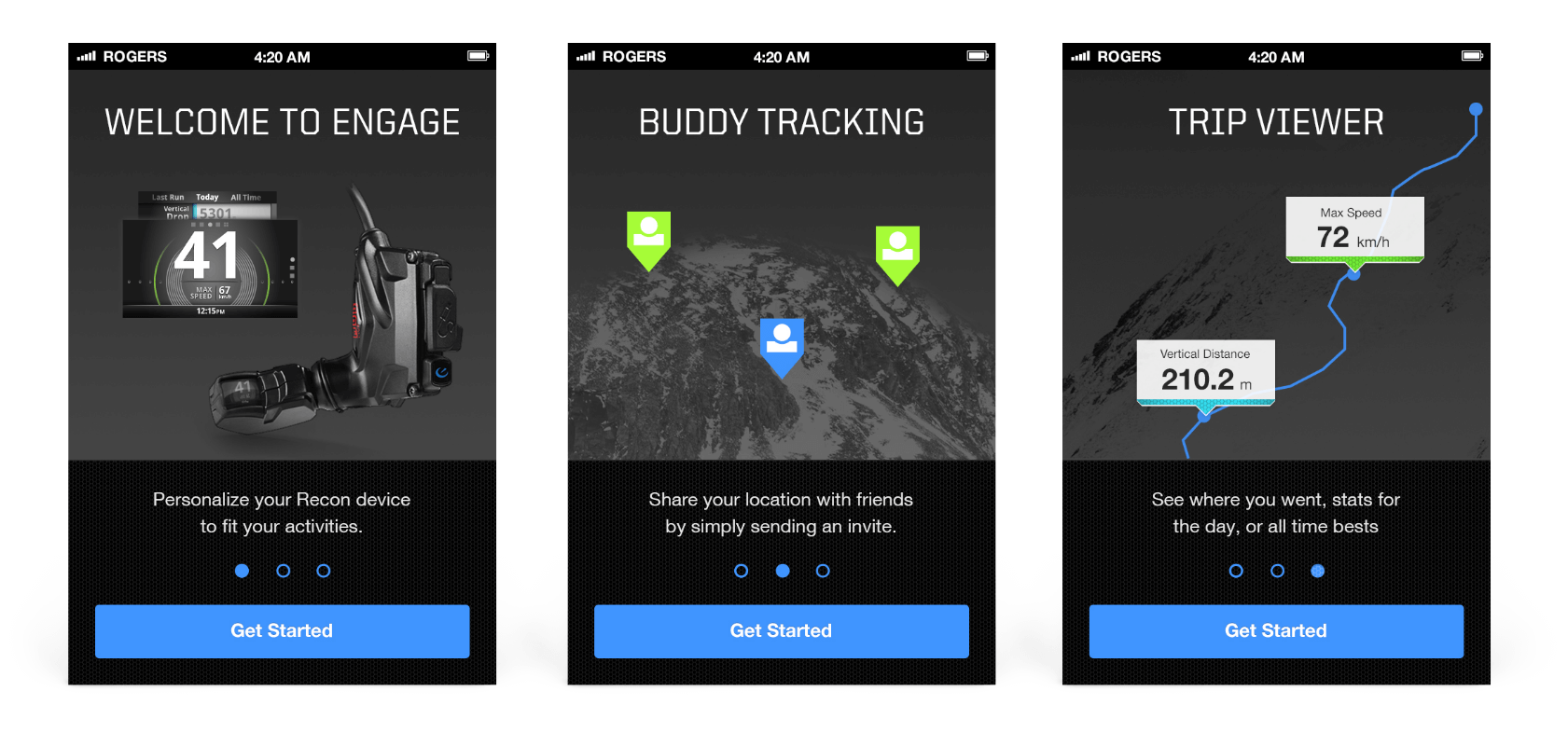
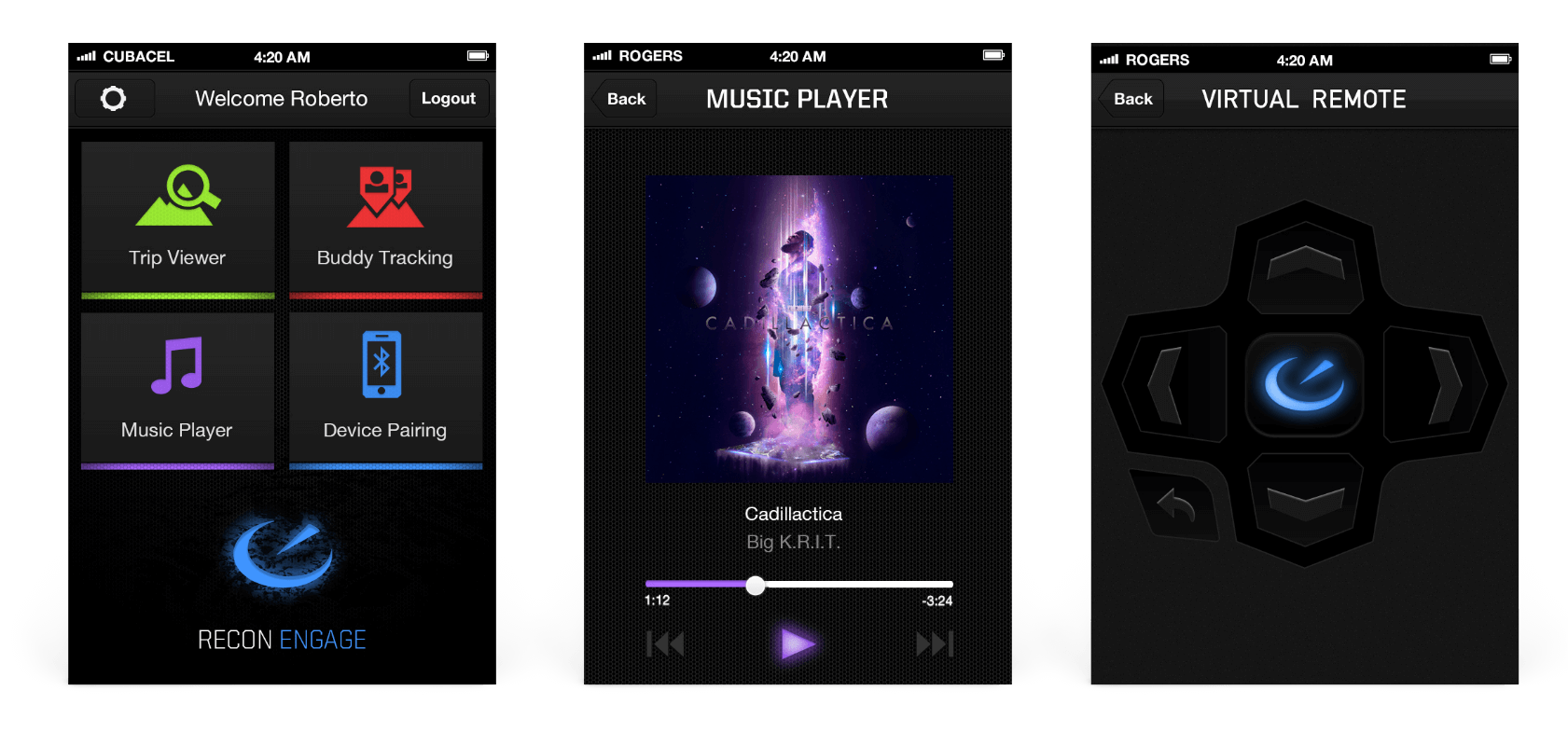
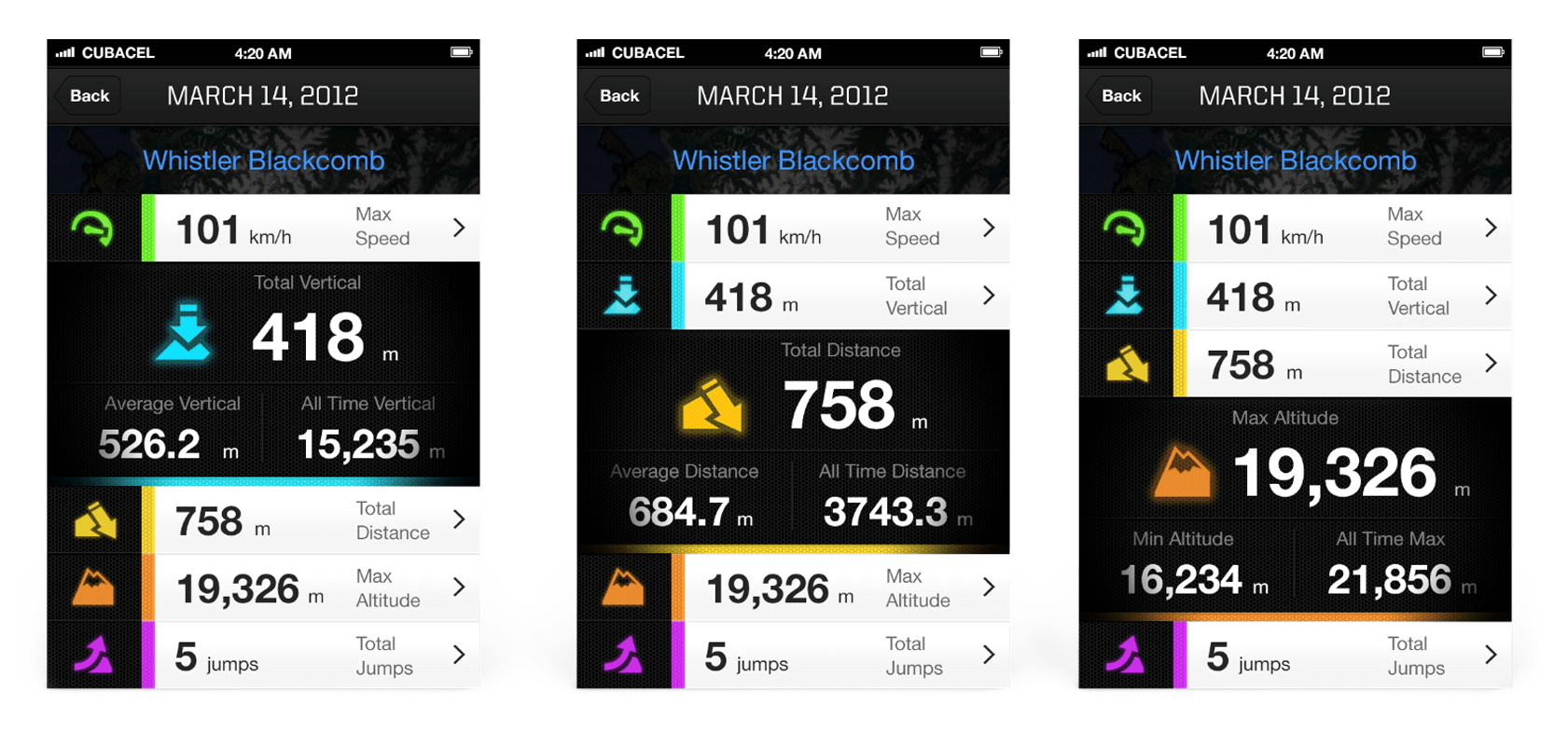
Impact & Results
Leading SKIO was unlike any project I’ve worked on before. It was a test of endurance, vision, and adaptability. While SKIO was still growing when I transitioned out, the impact of the foundation we built was undeniable.
Most importantly, SKIO proved that with the right foundation, it’s possible to give creators something the industry has always resisted: the freedom to create, share, and thrive on their own terms.

Kirill is the ideal designer and a fantastic senior project lead. He was able to not only nail objectives, but remain agile, while fitting all other projects together to understand the whole story. He is a creative talent that delivers on requirements but is not afraid to offer alternatives where new perspective is needed. An art director, project manager, and senior designer all rolled up into one.
Darcy Hughes
Founder / CMO at Recon Instruments
Migrated 85% of Recon HQ desktop users to mobile and web
Turned raw metrics (speed, jumps, altitude) into gamified, shareable experiences
Helped position Recon as an early AR/VR forerunner, blending real-world sports with digital overlays years before mainstream adoption
Created the foundation for Recon’s growth and eventual acquisition by Intel in 2015
